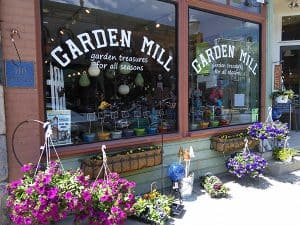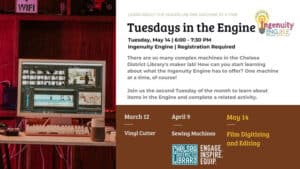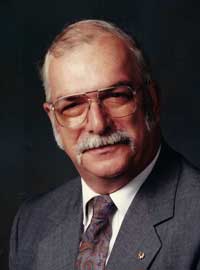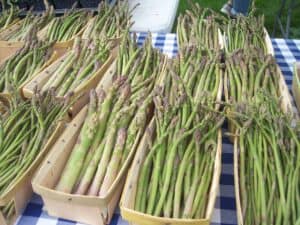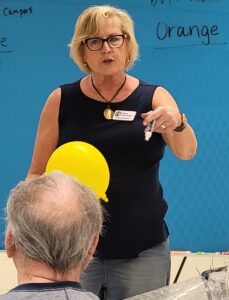 (Chelsea Update would like to thank Laura Scriven and Western Washtenaw Recycling Authority for the information in this story.)
(Chelsea Update would like to thank Laura Scriven and Western Washtenaw Recycling Authority for the information in this story.)
Once upon a time, there was a milk container. He felt all empty inside. He felt that there was more to his story then just holding milk.
So, he picked himself up, rinsed himself off and went to the nearest bin to search for something better. After a time, he was transferred to a large truck where he went on a short trip to the Western Washtenaw Recycling Authority (WWRA) on Werkner Road.
It was getting crowded in the truck so he was unceremoniously dumped to the floor. Something the milk container thought that was quite rude.
Once on the floor, he was guided by a bull dozer to the loading hopper, where his journey of self-discovery was really going to start.
As he waited his turn in line, he saw that there were all kinds of materials looking for a different life. There were other milk containers on the same journey as he was, but there were also boxes and jars, tin cans and old toys.
He wondered where their journey was going to take them.
His excitement started to grow the closer he got to the hopper. Once he was in, things really started to fly. Up he went on a conveyer belt, almost straight up.
Then, the belt leveled off and some of his travel companions were removed. Scrap metal and large, hard plastic items were sent to their own containers for recycling, but trash was sent to a dumpster where it waited to go to the landfill. After the first sorting, the milk container felt cleaner and very optimistic about the future.
Giant rotators broke up and shook out the glass while a strong breeze sent the paper and cardboard in a completely different direction.
Through the whole process, the milk container felt watched over and protected. There were people stationed along the way to make sure that no unwanted materials ended up on the wrong journey.
There was another steep climb and then a short drop to a belt going in a different direction. Here, the milk container was sent to a holding bin with all the other milk containers.
After a short wait for all the milk containers to be gathered, they were ushered into a large room where the walls start to close in on them.
They were being pushed, pulled, and flattened into a two square yard block with metal bands wrapped tightly around them to make sure that none escaped.
Once they were one unit, they were set aside to await other blocks. When enough milk container blocks were gathered to fill a semi-truck, they were loaded into the truck and taken to a reclaimer. The bands were released and the milk jug was free.
He was shaken to remove dust and debris picked up during his travels and then washed and ground into flakes and dried. After the flakes were dried, they were formed into pellets which were sent to plastic manufactures to form the pellets into new product.
 Recycled plastics are not usually remade into food containers, rather, they are shaped and formed into shampoo bottles, recycling and trash bins, or toys.
Recycled plastics are not usually remade into food containers, rather, they are shaped and formed into shampoo bottles, recycling and trash bins, or toys.
The journey was not quite what the milk container had expected but he saw a lot of interesting things, met new recyclable items, and was turned into a cute raccoon bathtub toy.
Who knew what adventures were in store for him in the future?
Perhaps, when bath time was over, he would start on a new journey to become something else entirely.








